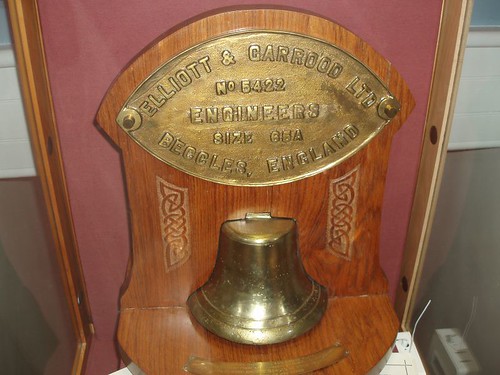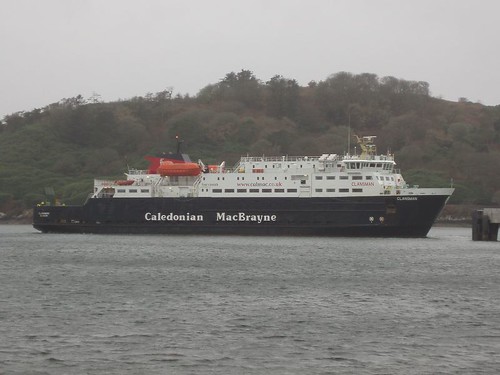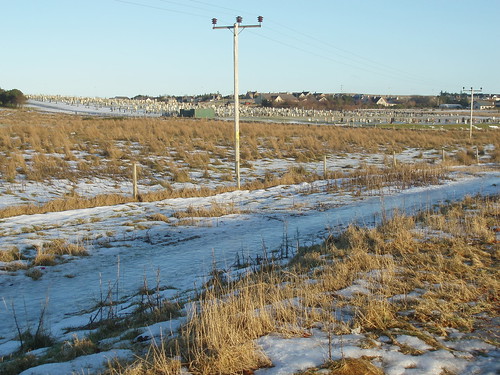 [/caption]
[/caption]I was very pleased indeed to note that the BBC has included the bell and plate from HMY Iolaire in its feature "A History of the World - 100 objects". This is a large project, in which several objects from periods of the last 10,000 years feature to tell the history of the world.
As I have often mentioned on this blog over the past four years, the admiralty ship "Iolaire" had been sent to Kyle of Lochalsh in the last days of 1918 to take sailors and other servicemen home to the Isle of Lewis. The ship foundered on the rocks of the Beasts of Holm, only a few dozen yards from shore. More than 200 perished, only 75 survived. It is one of the key moments in this island's 20th century history, and in fact of maritime history in that century. As the page on the BBC website rightly points out, the losses from the sinking of the Iolaire were second only to the Titanic as far as British registered vessels were concerned, and second only to the number lost off the Norge. This Scandinavian emigrant ship ran aground at Rockall in 1904, with the loss of about 700.
The sinking of the Iolaire is too little known, and I wholeheartedly endorse the inclusion of this event in this particular project. Read its page on the BBC webpage here.
The image at the top of this post is my own.
 [/caption]
[/caption]
 [/caption]
[/caption]

